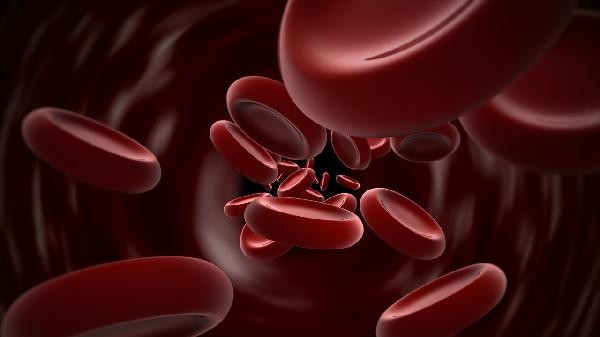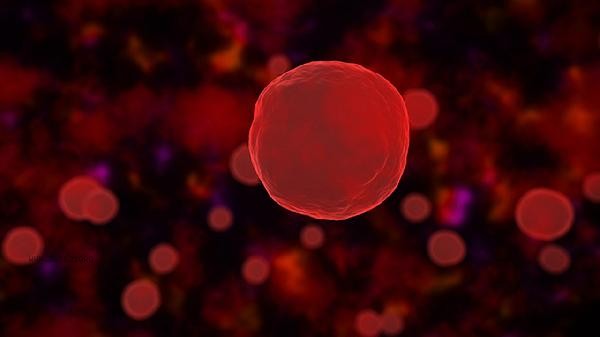Elevated red blood cells may be caused by high-altitude hypoxia, intense exercise, long-term smoking, polycythemia vera, chronic obstructive pulmonary disease, and other factors.
1. High altitude hypoxia:

When living in areas above 2500 meters above sea level for a long time, the low oxygen environment can stimulate the secretion of erythropoietin by the kidneys, leading to hyperfunction of bone marrow hematopoiesis. This situation belongs to physiological compensatory response, which can gradually recover after 3-4 weeks of returning to the plain area, without the need for special treatment, but requires regular monitoring of hemoglobin levels.
2. Intense exercise:
High intensity anaerobic exercise can cause temporary blood concentration, while the increased demand for oxygen in muscle tissue stimulates red blood cell production. Athletes' hemoglobin levels may be 10-15% higher than the average person. It is recommended to replenish electrolyte water in a timely manner after exercise to avoid pseudo red blood cell count caused by dehydration.
3. Long term smoking:

The combination of carbon monoxide and hemoglobin in tobacco can reduce the oxygen carrying capacity of the blood, and the body compensates for hypoxia by increasing the number of red blood cells. People who smoke more than 20 cigarettes per day may have a 5-8% increase in their hematocrit, and the indicators can significantly improve after quitting smoking for 6 months.
4. Polycythemia vera:
This is a bone marrow proliferative tumor, in which JAK2 gene mutations cause autonomous proliferation of red blood cells, often accompanied by elevated platelets and white blood cells. Patients may experience symptoms such as facial flushing, headache, and dizziness, and need to control their red blood cell count through bloodletting therapy or medication such as hydroxyurea.
5. Chronic obstructive pulmonary disease:
Decreased lung function leads to chronic hypoxemia, which stimulates increased secretion of erythropoietin. These patients often have clubbing fingers and cyanosis of the lips, and long-term oxygen therapy is needed to improve hypoxia. In severe cases, red blood cell apheresis may be necessary to reduce blood viscosity.

It is recommended to maintain a daily water intake of 1500-2000 milliliters to dilute blood and avoid a high purine diet to prevent gout attacks. It is recommended to engage in aerobic exercises such as swimming and yoga to promote blood circulation, and to have a blood routine check every 3-6 months. When middle-aged and elderly patients experience skin itching or blurred vision, they should be alert to the risk of thrombosis and seek medical attention promptly. When the hematocrit of pregnant women exceeds 48%, they should consult a hematology department to avoid complications caused by hypercoagulable blood during pregnancy.








Comments (0)
Leave a Comment
No comments yet
Be the first to share your thoughts!